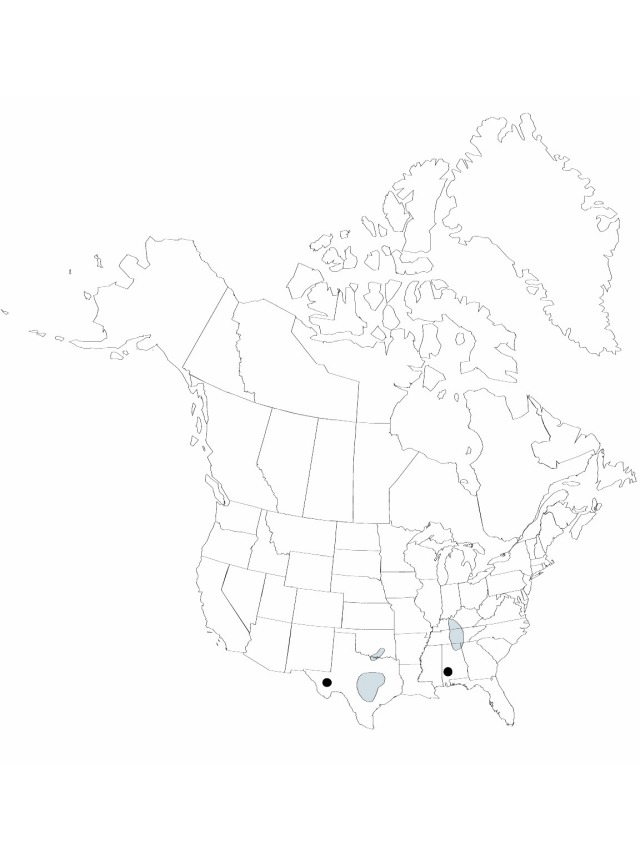Difference between revisions of "Juncus filipendulus"
Proceedings of the Academy of Natural Sciences of Philadelphia 14: 8. 1862.
FNA>Volume Importer |
imported>Volume Importer |
||
| (5 intermediate revisions by 2 users not shown) | |||
| Line 6: | Line 6: | ||
|place=14: 8. 1862 | |place=14: 8. 1862 | ||
|year=1862 | |year=1862 | ||
| + | }} | ||
| + | |special_status={{Treatment/ID/Special_status | ||
| + | |code=E | ||
| + | |label=Endemic | ||
}} | }} | ||
|basionyms= | |basionyms= | ||
| Line 11: | Line 15: | ||
|name=Juncus leptocaulis | |name=Juncus leptocaulis | ||
|authority=Torrey & A. Gray ex Engelmann | |authority=Torrey & A. Gray ex Engelmann | ||
| + | |rank=species | ||
}} | }} | ||
|hierarchy=Juncaceae;Juncus;Juncus subg. Graminifolii;Juncus filipendulus | |hierarchy=Juncaceae;Juncus;Juncus subg. Graminifolii;Juncus filipendulus | ||
| Line 33: | Line 38: | ||
-->{{#Taxon: | -->{{#Taxon: | ||
name=Juncus filipendulus | name=Juncus filipendulus | ||
| − | |||
|authority=Buckley | |authority=Buckley | ||
|rank=species | |rank=species | ||
| Line 46: | Line 50: | ||
|publication title=Proceedings of the Academy of Natural Sciences of Philadelphia | |publication title=Proceedings of the Academy of Natural Sciences of Philadelphia | ||
|publication year=1862 | |publication year=1862 | ||
| − | |special status= | + | |special status=Endemic |
| − | |source xml=https:// | + | |source xml=https://bitbucket.org/aafc-mbb/fna-data-curation/src/2e0870ddd59836b60bcf96646a41e87ea5a5943a/coarse_grained_fna_xml/V22/V22_19.xml |
|genus=Juncus | |genus=Juncus | ||
|subgenus=Juncus subg. Graminifolii | |subgenus=Juncus subg. Graminifolii | ||
Latest revision as of 20:29, 5 November 2020
Herbs, perennial, tufted, 1.5–3.5 dm. Rhizomes poorly developed. Culms erect, compressed, bases often swollen. Leaves: basal 2–4, cauline 1–3; auricles 0.5–1 mm, apex rounded to nearly acute; blade flat, 3–15 cm × 1–2.5 mm. Inflorescences glomerules, (1–)2–5(–10), each with (3–)6–15 flowers, open; primary bract shorter than inflorescence. Flowers: tepals straw-colored with green midstripe, lanceolate or widely so, 3.5–5 mm, margins sometimes clear; outer and inner series nearly equal; stamens 3, filaments 1.5 mm, anthers 0.5 mm; style 0.5 mm. Capsules tan to reddish brown, 3-locular, obovoid, 2.6–3.2 mm, shorter than perianth. Seeds fusiform, 0.5–0.6 mm, not tailed.
Phenology: Flowering and fruiting spring–early summer.
Habitat: Moist, usually calcareous soils of swales or glades, occasionally in shallow water along streams
Distribution

Ala., Ga., Ark., Ky., La., Miss., Okla., Tenn., Tex.
Discussion
Selected References
None.